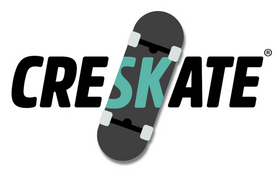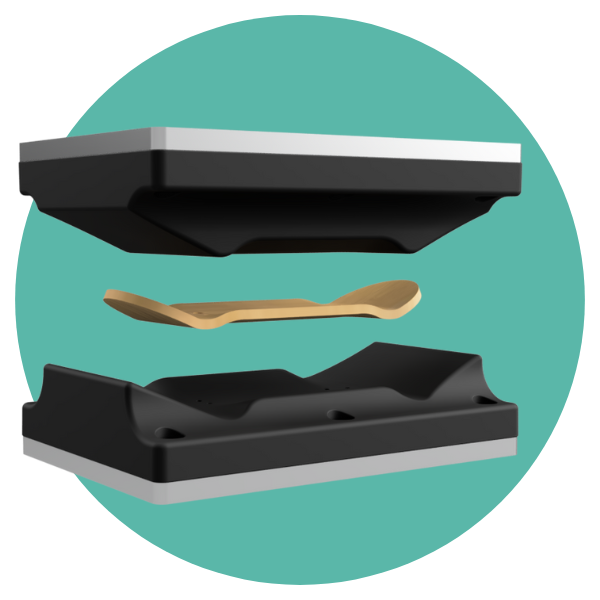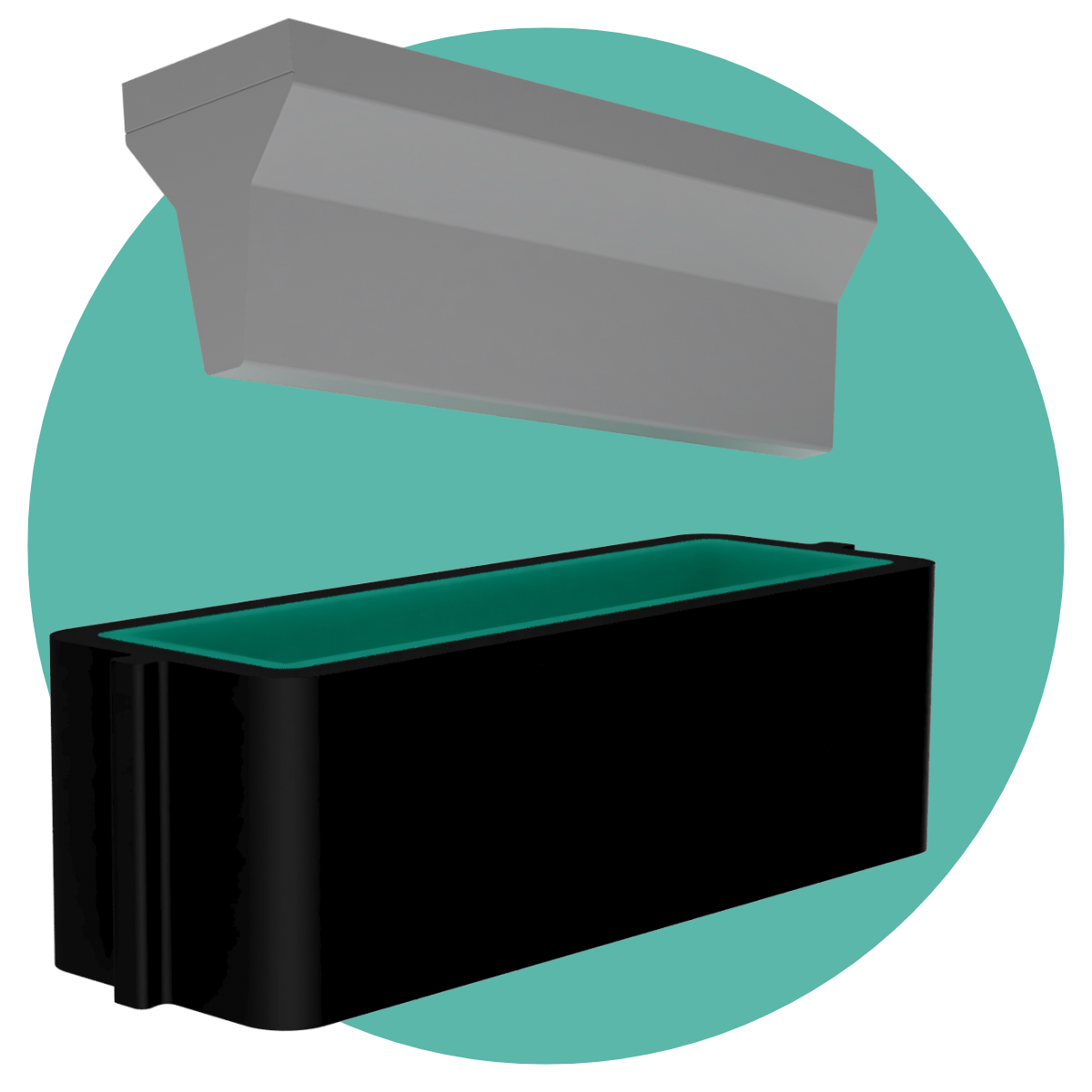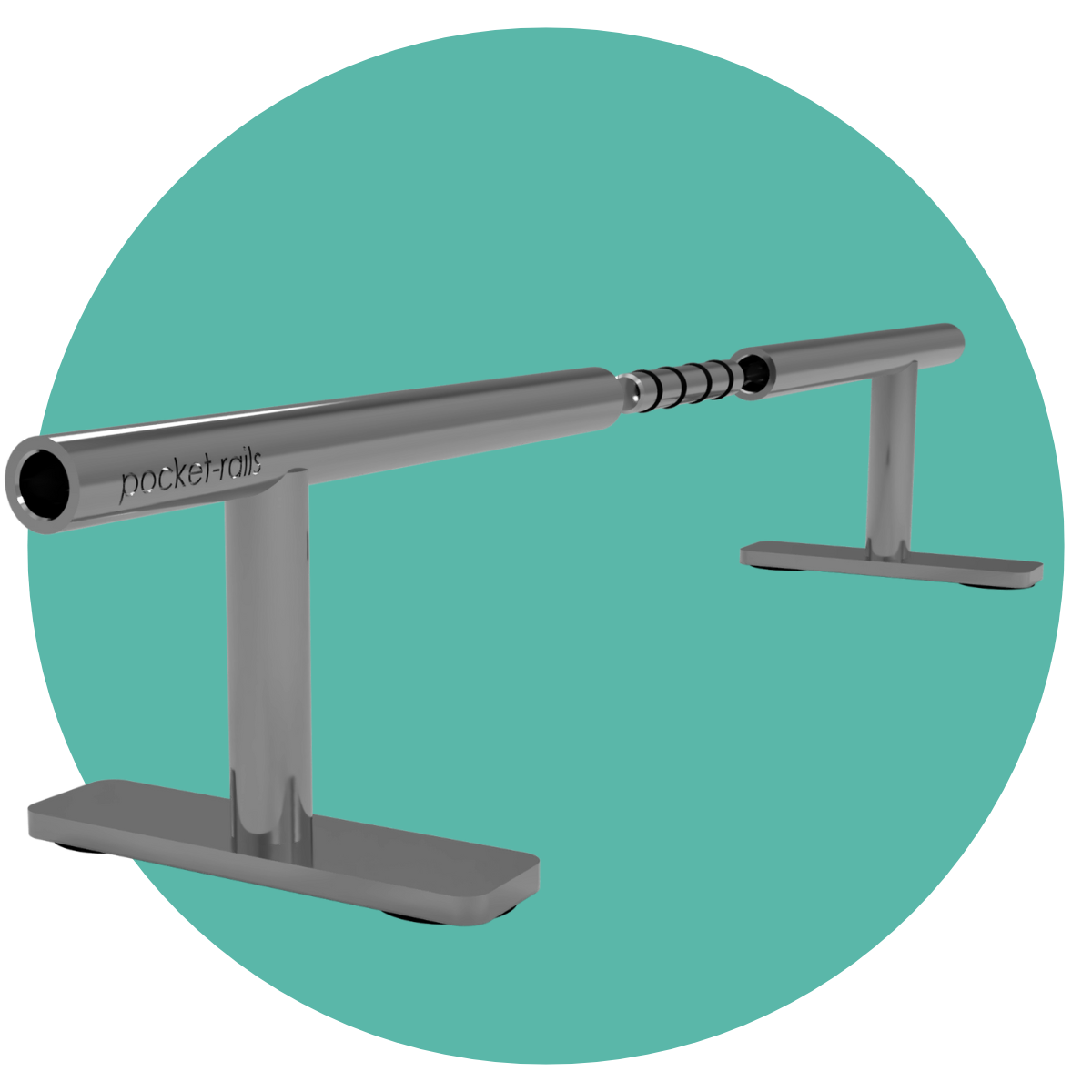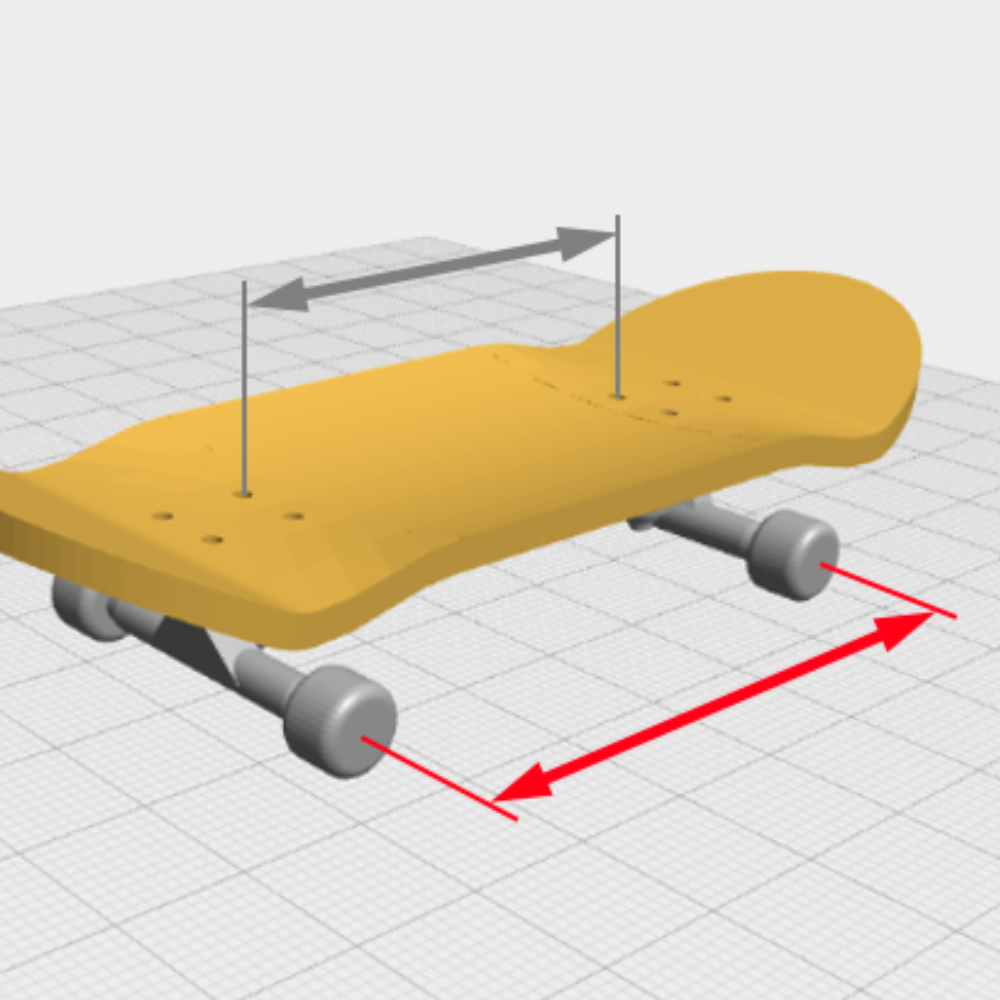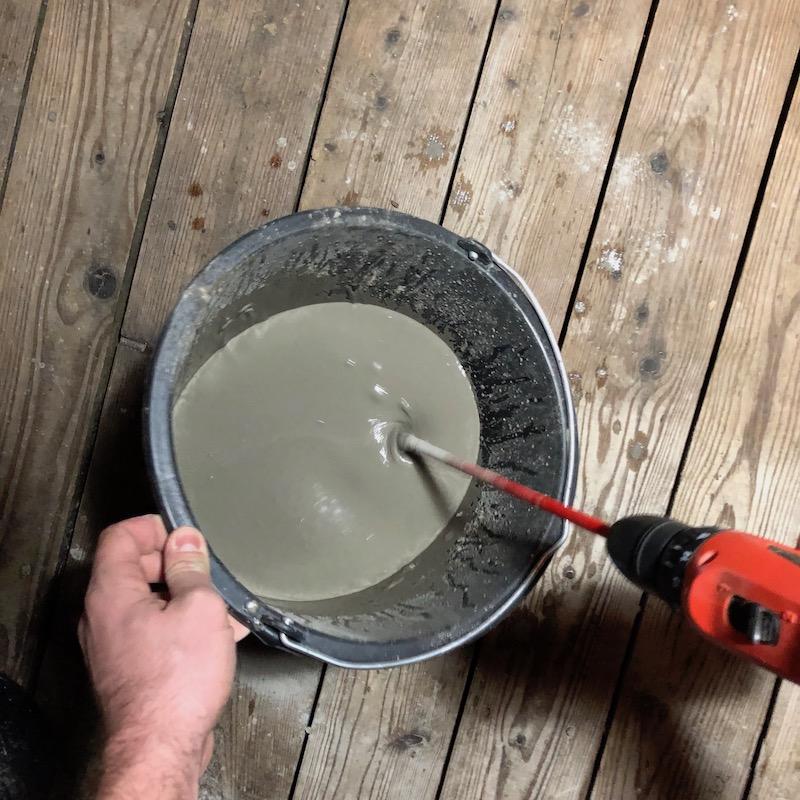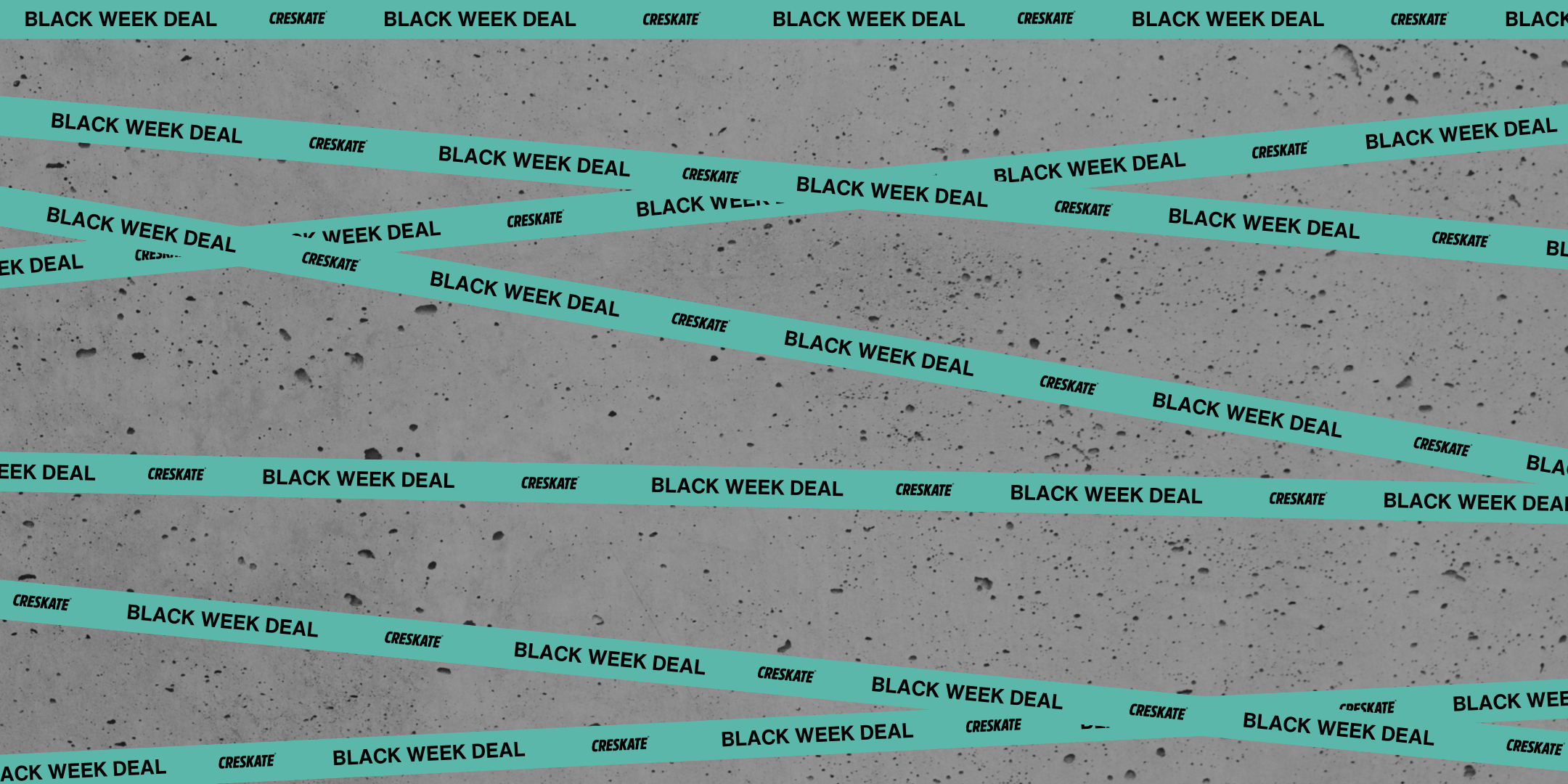Introduction:
In the dynamic realm of fingerskateboarding, where every contour and curve of a board influences performance, understanding the concept of concave is important. Concave isn't merely a shape; it's the essence of your fingerboard, determining how it feels beneath your fingers and how it responds to your every touch. In this article, we'll explore what concave entails, why it's crucial, and how you can measure it to customize your ride to perfection.
What is Concave and why it matters?
Concave refers to the slight curvature along the width of a fingerskateboard deck. It's the upward arch that spans from one edge to the other, creating a bowl-like shape. Think of it as the groove that cradles your fingers, providing stability and control while executing tricks.Concave isn't just about aesthetics; it has significant effects on the way the fingerboard behaves:
- Control: The curvature of the concave helps center your fingers on the board, enhancing stability and control, particularly during intricate maneuvers and tricks.
- Responsiveness: Different concave profiles influence how quickly the board responds to your finger movements, facilitating smooth transitions between tricks and turns.
- Comfort: A well-designed concave offers a balance between fast flips and good stability of the board when jumping and cruising
How to Measure Concave on an existing board:
While measuring concave isn't as straightforward as measuring length or width, it's crucial for understanding your fingerboard's characteristics:
1. Use a caliper: calipers are specialized tools for accurately measuring thicknesses and its perfect for measuring the concave. Place the fingerboard between the legs of the caliper as shown in the picture and read the measurement. Now the thickness of the board itself has to be subtracted to get the concave size.
In the example here, the board has a thickness of 2.50 mm. So the concave is 4.25 mm -2.5 mm = 1,75 mm

2. Do-it-yourself methods: If you lack a caliper, you can use everyday objects such as coins to estimate the depth of the cavity. Place the object at various locations along the width of the deck and check the distance between it and the deck surface. The thickness of the object can then be estimated using a ruler.

3. Visual inspection: Sometimes a visual inspection is enough to assess the concave. Place the fingerboard on a flat surface and examine the curvature from different angles to capture shape and depth. Then simply try different dimensions in the configurator and see when it looks most similar and best for you.

What is a high, mid or low concave?
There are different measurement categories when it comes to concave. Here is a rough overview of how concave is usually classified. This may vary slightly, but roughly it applies as follows:
- High Concave: Typically measures around 2.3 mm or more, providing a good finger grip, control and flippig ability.
- Mid Concave: Ranges from 1.5 to 2.3 mm, offering a balanced feel suitable for various fingerboarding styles.
- Low Concave: Measures less than 1.5 mm, delivering a remarkably realistic experience akin to a full-sized skateboard, both in appearance and performance.
Whether you prefer the snug fit of high concave or the authentic feel of low concave, there's a concave depth to suit every fingerskateboarder's preference and style. In addition to all the terms, categories and dimensions, the most important thing is that you like your own board and have fun with it. It's best to start designing your dream fingerboard right away and visit our configurator: www.fingerboard-molds-configurator.com

